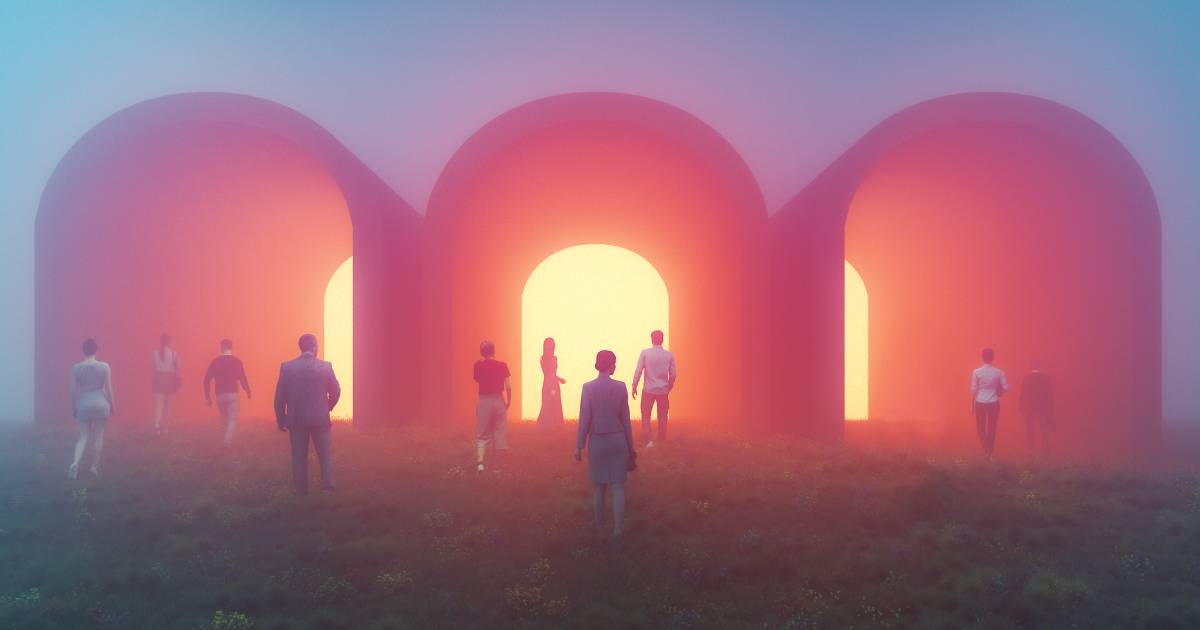Capabilities
Find out more about our investment capabilities
Services
Find out more about the full scope of our solutions offering

Next decade investing
The seismic shifts shaping the investment landscape today, and the key trends that will continue to define investor thinking over the next ten years.
Funds
Search for funds, documents, and notifications
Funds by asset class
Search for funds within each asset class
Funds by investment manager
Find funds run by each of our affiliated investment managers
Insights by asset class
Gain our perspectives and investment thinking across each asset class
News and insights
Get deep insight and expert views on the forces shaping financial markets
Who we are
Find out more about who we are and how we might be able to help
Investor sentiment
Discover the latest insights from the center for investor insight
